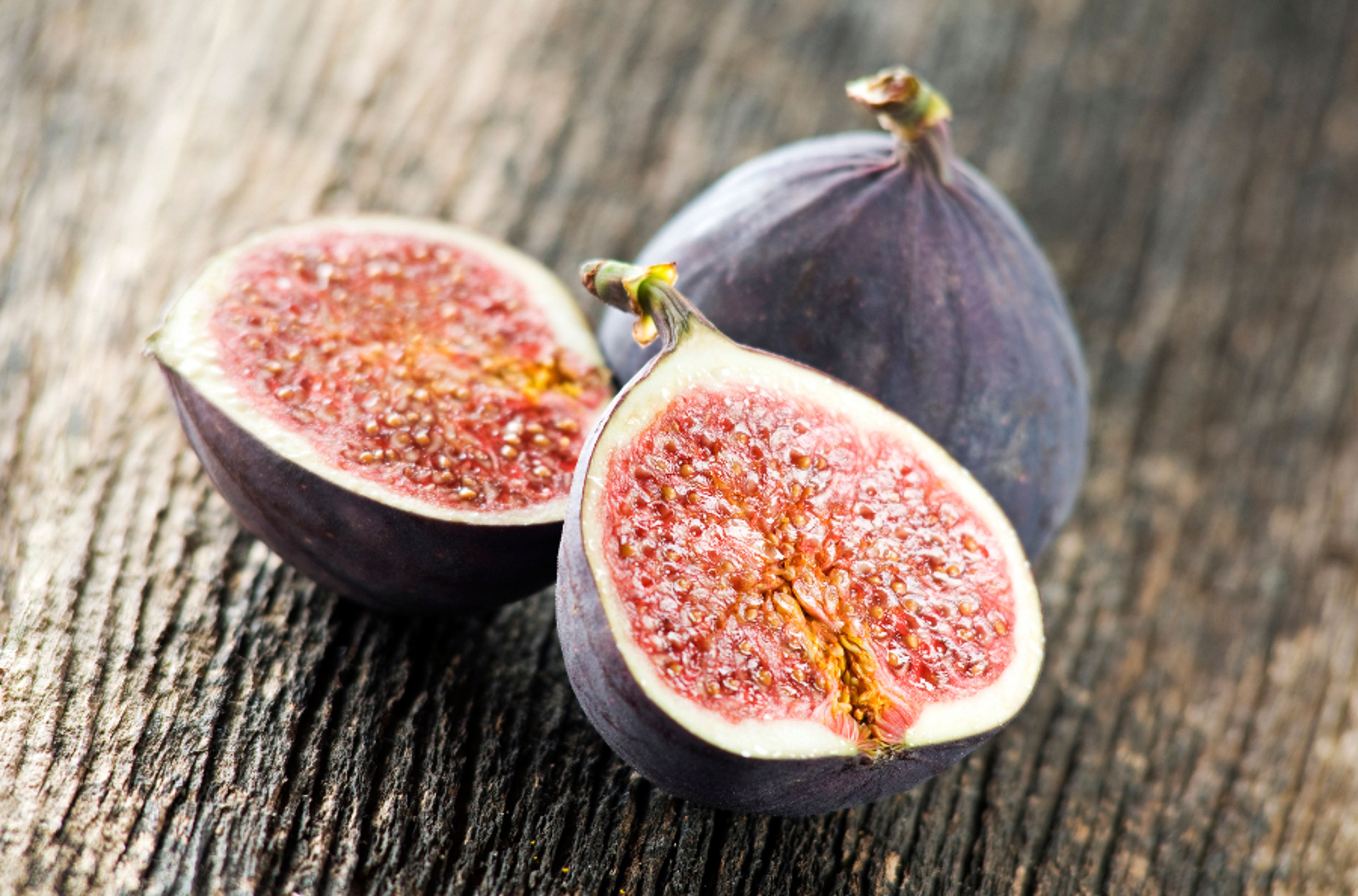Chances are you know figs as being rather soft, pear-shaped fruits, that are often eaten in a dried form. These fruits are members of the mulberry family and offer a number of health benefits to those who consume them, such as:
- They contain plenty of fiber, which aids in keeping digestive health in good condition.
- They are filled with vitamins and minerals, such as potassium, vitamin K, vitamin A, iron, calcium, magnesium, and folate.
- They are relatively low in calories and low in fat.

But, despite what you may have heard about figs in the past, we’re here to share something pretty shocking that you may not know - truth be told, figs are actually flowers.
Yes, you read right, technically speaking figs are not a fruit, but rather are inverted flowers. According to The Huffington Post, unlike the way apple and peach trees flower, the flowers from fig trees are actually found within the pear-shaped bloom they produce, and these flowers eventually turn into the fruit that we eat - we know, we couldn’t believe it either when we first found out!
The pollination process
Now here’s where it gets even more interesting. Since fig flowers do not bloom in a way that they can count on bees or wind for the purpose of spreading pollen, they need to rely on fig wasps instead. Here’s how the process works:
- A female fig wasps enters a male fig - at this point, the female’s antennae and wings break off, so there is no escaping once they’re in.
- New wasp eggs are laid by the female wasp, and the baby wasps are relied on to continue the life cycle (this is because the original female wasp cannot get out).
- Male baby wasps mate with the female baby wasps and dig a tunnel out of the fig.
- The female offspring leave the fig and take the pollen with them. This step is solely intended for female offspring since male baby wasps are not born with wings!
In the event that a fig wasp enters a female fig rather than a male fig, it will die inside since there is no room for reproduction to take place (male figs on the other hand are shaped in a way that reproduction can occur, which is why it’s so essential that female fig wasps enter male figs).
So, which figs do we eat, male or female?
The answer to this question is female figs, and knowing this and the facts above, we know what you’re probably going to ask next - does that mean we’re eating fig wasps? Technically you could say yes, but figs use the enzyme ficin to turn the wasp into protein, so that should give you some peace of mind. Additionally, most commercially available figs here in the United States don’t actually require pollination, so that should make you feel better too!
Pretty interesting, isn’t it? Now that you have some newfound knowledge about figs, we encourage you to share it with your friends and family - we promise they’ll be surprised too!







